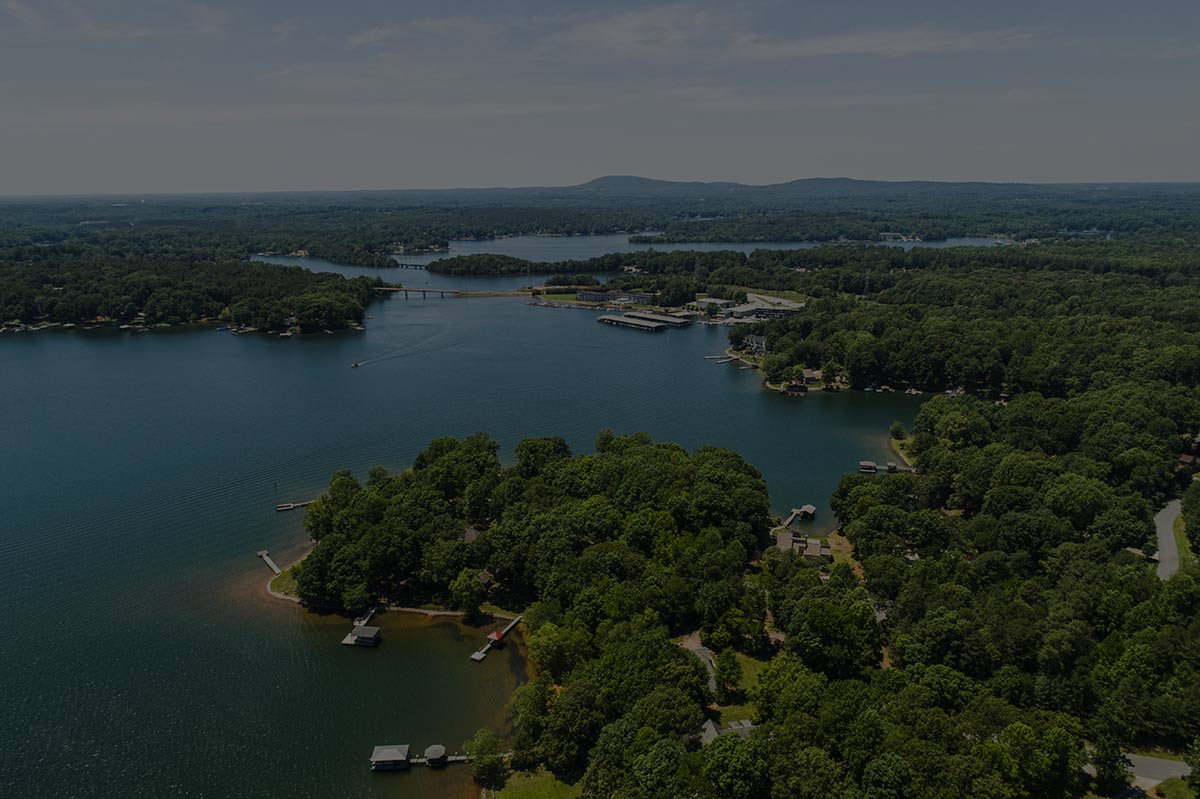Catawba Wateree Water Management Group 2015 Annual Report
 Catawba-Wateree Sediment Report
Catawba-Wateree Sediment Report
Sedimentation fill rates were measured over a five-year period (2011-2015) at several strategic locations in the 11-lake system to verify the assumptions for long-term water storage loss from sedimentation used in the water quantity model. During the Federal Energy Regulatory Commission relicensing process for Duke Energy’s Catawba-Wateree Hydroelectric Project, a hydroelectric system simulation model was utilized as a decision support tool for the evaluation of water quantity issues. The model included the capability to reduce available storage capacity on an annual basis to account for the effect of sediment infill.
Data employed to determine the annual reduction in volume and distribution of reduced volume within the reservoirs was based on historically measured sediment yield values within the basin by the U.S. Geological Survey and relationships defining the distribution of sediment deposition in reservoirs developed by the U.S.Army Corps of Engineers.
One outcome of the Catawba-Wateree relicensing process was a Comprehensive Relicensing Agreement that defines how the river basin will be managed during the next 40 to 50 years. The Catawba-Wateree Water Management Group recommended verifying the sediment deposition rate used in the original simulation model through direct field observation at various locations throughout the Catawa-Wateree River Basin.
To achieve this objective, the CWWMG contracted with an engineering consultant to perform a five-year field study to measure the annual sedimentation rate occurring in selected reservoirs along the Catawba and Wateree rivers. Reservoirs monitored in the study included Lake James, Lake Rhodhiss, Mountain Island Lake, Lake Wylie, Fishing Creek Reservoir, and Lake Wateree.
The study was completed with publication of the 2015 final report. Field results from the five-year study were compatible with rates assumed in the simulation model. The following conclusion resulted from the completion of this study (as extrapolated from examination of the limited set of transects included in the study plan):
- Results of the sediment monitoring study are compatible with the projections for useable storage reduction documented in the water quantity model inputs.
- Useable stroage loss projections used in the Catawba-Wateree water quantity model are reasonable.
- Scoring/re-deposition occurred at a variety of transect locations throughout the study.
- Transect changes provide a snapshot view of the dynamic sediment transport process within each reservoir
- Observed transect bed elevation changes likely result in sediment moving within the reservoir
- Changes notes at transects do not indicate sediment loading is occuring ineach reservoir at greater rates than assumed in water quantity model simulations




